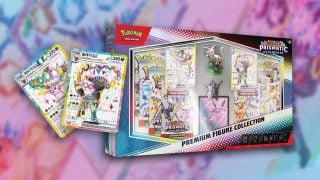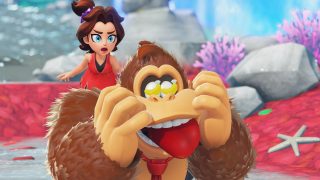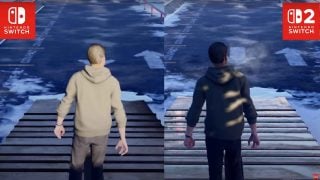The quarterly report for the first half of the fiscal year continues, as Nintendo has published a summary of a recent investor Q&A with head honchos of the company, from President Shuntaro Furukawa to Director Shinya Takahashi. One of the questions asked dealt with previous software being playable on current hardware, with queries about both initial backward compatibility and streaming for platforms, asking for thoughts and internal discussions on the subject. And noted figurehead Shigeru Miyamoto took the answer:
In the past, we built a service called Virtual Console as a way for players to enjoy classic games on more modern hardware. In terms of compatibility, visual content has an advantage because it can be enjoyed continuously as long as you have a playback environment. However, legal rights for visual content can become quite complicated, so I have mentioned before that Nintendo is proceeding with visual content with a firm grip on the rights. Previously, software development for dedicated video game systems was conducted in development environments dedicated to each hardware platform. This meant that those environments could not be brought forward when the hardware changed, and it would become impossible to play software released for previous hardware without making changes. However, the software development environments have recently been gradually integrated. So, generally speaking, it has become easier to implement an environment where software released for past hardware can be played on new hardware.
Having said so, Nintendo’s strength is in our creation of new entertainment, so when we release new hardware going forward, we plan to continue to offer new and unique gameplay that cannot be realized on existing hardware.
To break it down into more digestible bullet points:
- Audiovisual streaming (TV and movies) is easier than games as long as you have internet capabilities, but legal rights can get tangled easily.
- Software dev at Nintendo is done in environments dedicated to particular hardware platforms, meaning that when a new generation or platform comes, the work can’t be easily changed to match.
- Despite this, platform integration has gotten smoother, so porting software is easier than before.
- However, Nintendo is focused on providing new games.
It’s a bit of a dodgy and nebulous answer all around that likely won’t satisfy anyone wondering why Nintendo keeps so much legacy content confined to older platforms. Miyamoto citing Virtual Console specifically stings because that service’s selection of old titles was much more robust than the Nintendo Switch’s current offerings, even if you had to pay for each game individually. Not to mention that emulation is perhaps not as challenging a task as he paints it. But what can we do? Play the original Super Mario Bros. for the 298,379th time?
We’ll have to see if Nintendo can actually keep expanding NSO emulation and porting at a steady rate. But the signs aren’t great.
Leave a Comment


